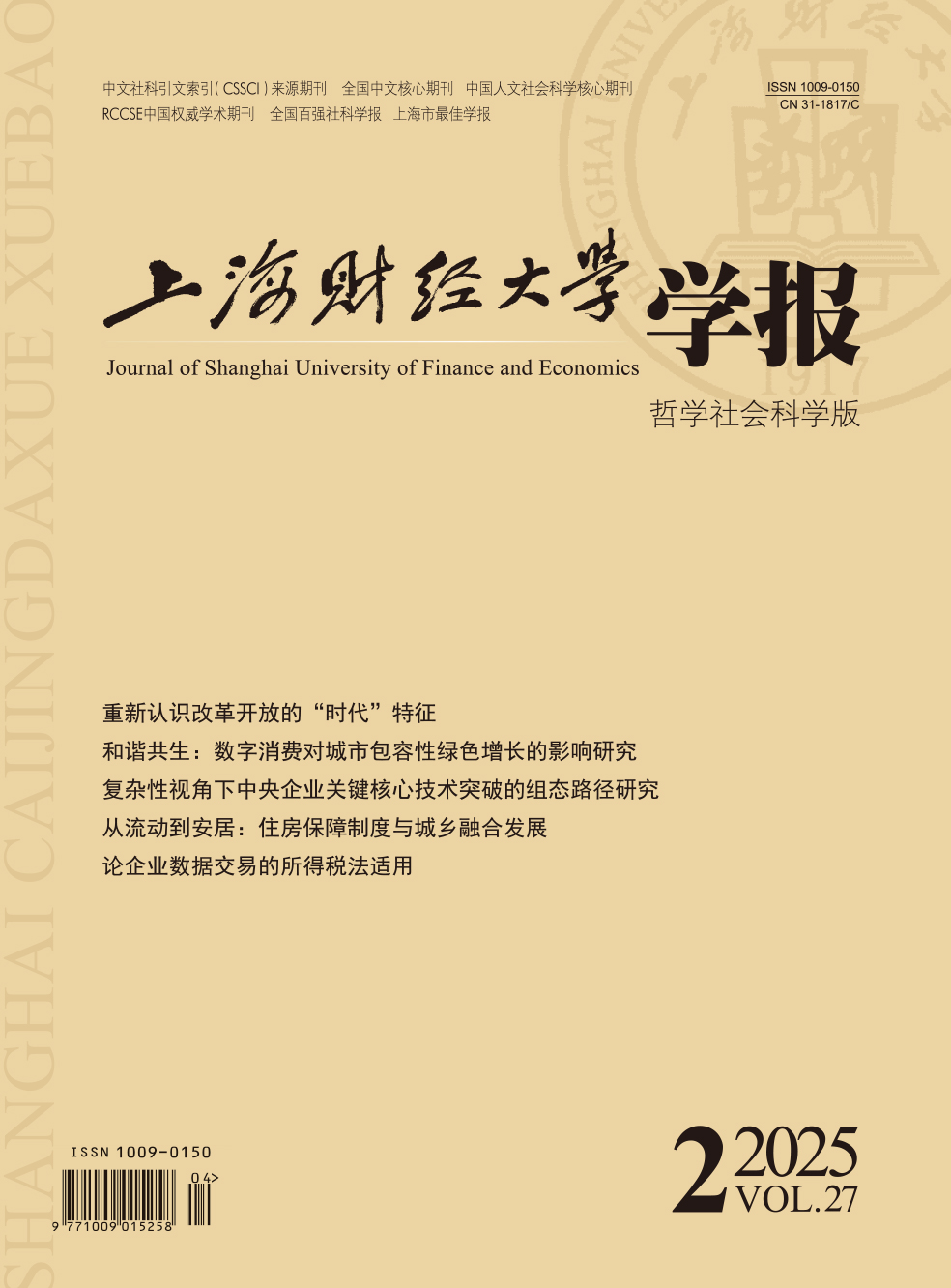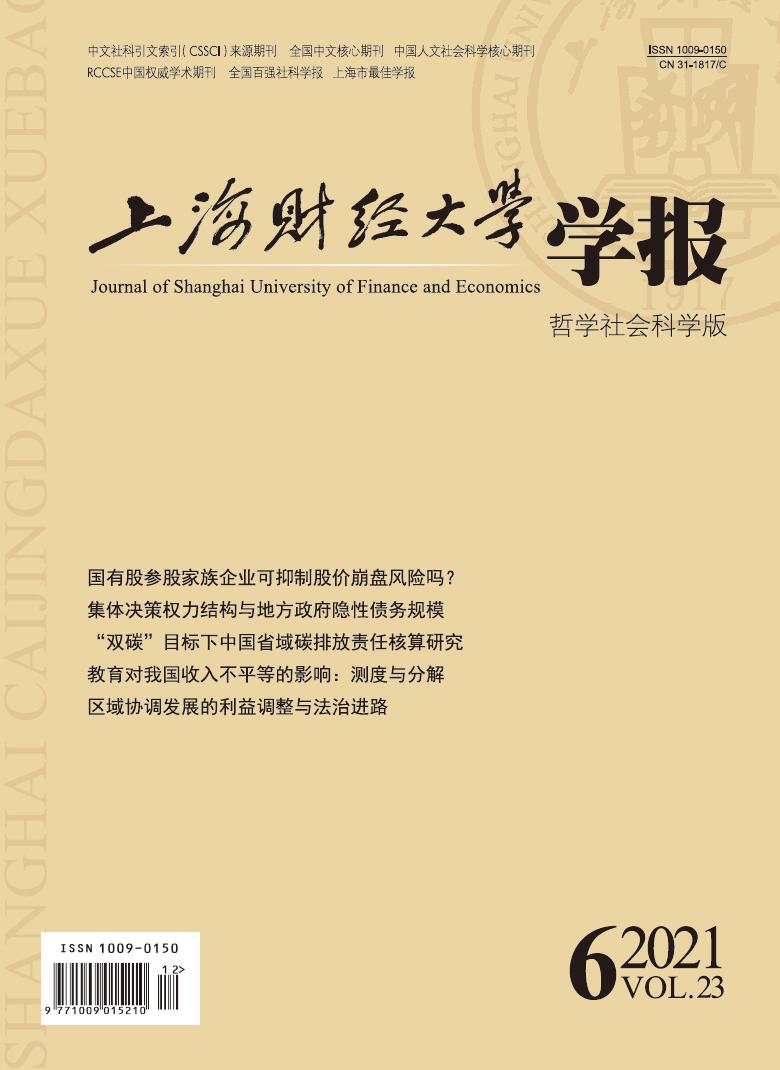The frequent occurrence of stock price crash in China’s listed family firms makes it urgent to explore effective mechanisms to reduce the stock price crash risk in family firms. This paper examines whether state-owned share participation is an effective mechanism to curb the stock price crash risk of family firms. Using the sample of China’s listed family firms from 2010 to 2019, this paper draws the following conclusions: First, state-owned share participation can significantly reduce the stock price crash risk of family firms. Furthermore, the more state-ownership and the better balance between state-owned shareholders and controlling families, the more obvious the inhibitory effect of state-owned shareholders on the stock price crash risk of family firms. Second, the inhibitory effect of state-owned shareholders on the stock price crash risk of family firms still exists after the tests of Heckman two-stage regression, PSM method and multi-period DID model. Third, state-owned shareholders reduce the stock price crash risk of family firms mainly through the “supervision effect” and the “resource effect”. Specifically, state-owned shareholders exert their “supervision effect” by reducing the degree of tax avoidance and improving the robustness of accounting policies of family firms. By optimizing the loan structure and alleviating financing constraints, state-owned shareholders exert their “resource effect”. Fourth, the inhibition degree of state-owned shareholders on the stock price crash risk of family firms is affected by whether state-owned shareholders assign directors, the level of state-owned shares, the involvement of family members, and whether family firms experience intergenerational succession. Specifically, state-owned shareholders who assign directors and local-level state-owned shareholders are more effective in reducing the stock price crash risk of family firms, and the inhibitory effect of state-owned share participation on the stock price crash risk is more significant in family firms with family members involved and without intergenerational succession.
Based on the above findings, the following conclusions can be drawn: The participation of state-owned shares in family firms is an effective mechanism to suppress the stock price crash risk of family firms in China; state-owned shareholders weaken the “tunnel effect” of controlling shareholders of family firms by the “supervision effect” and the “resource effect”; whether to assign directors, the level of state-owned shares, whether family members are involved, and whether they have experienced intergenerational succession are all important factors affecting the degree of state-owned shares curbing the stock price crash risk of family firms. This study provides an important theoretical basis for constructing a multi-dimensional risk-prevention system of stock price crash in family firms and exploring the best model of “reverse mixed-ownership reform” in the Chinese capital market.





 3746
3746  4490
4490

